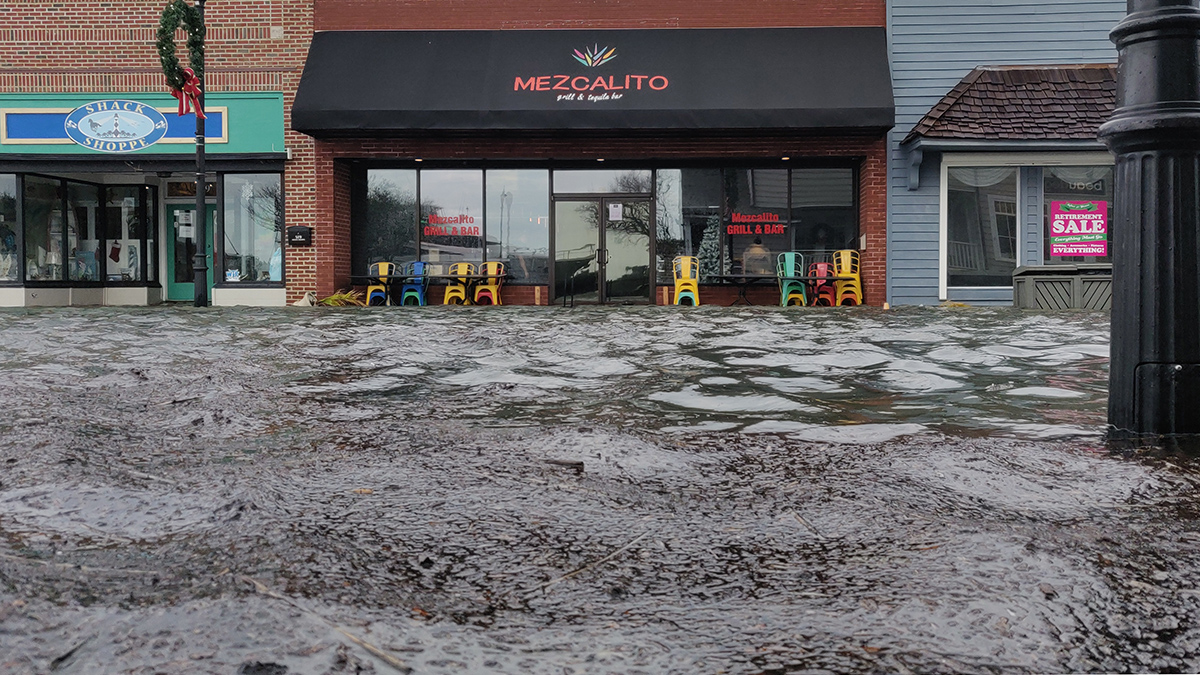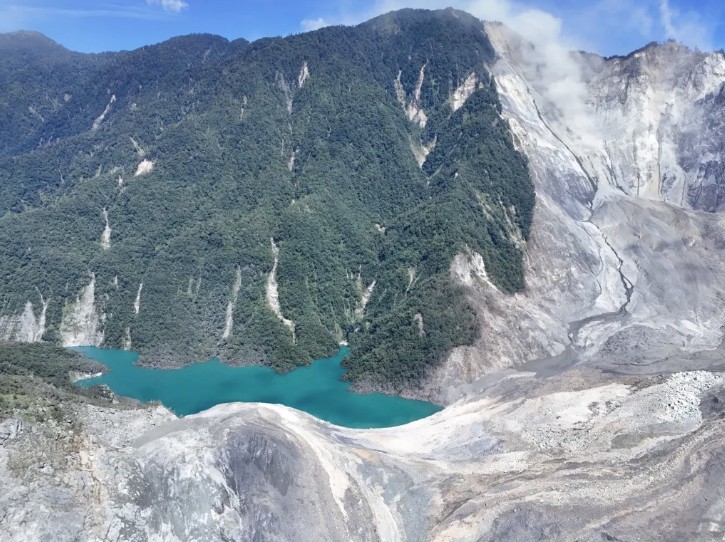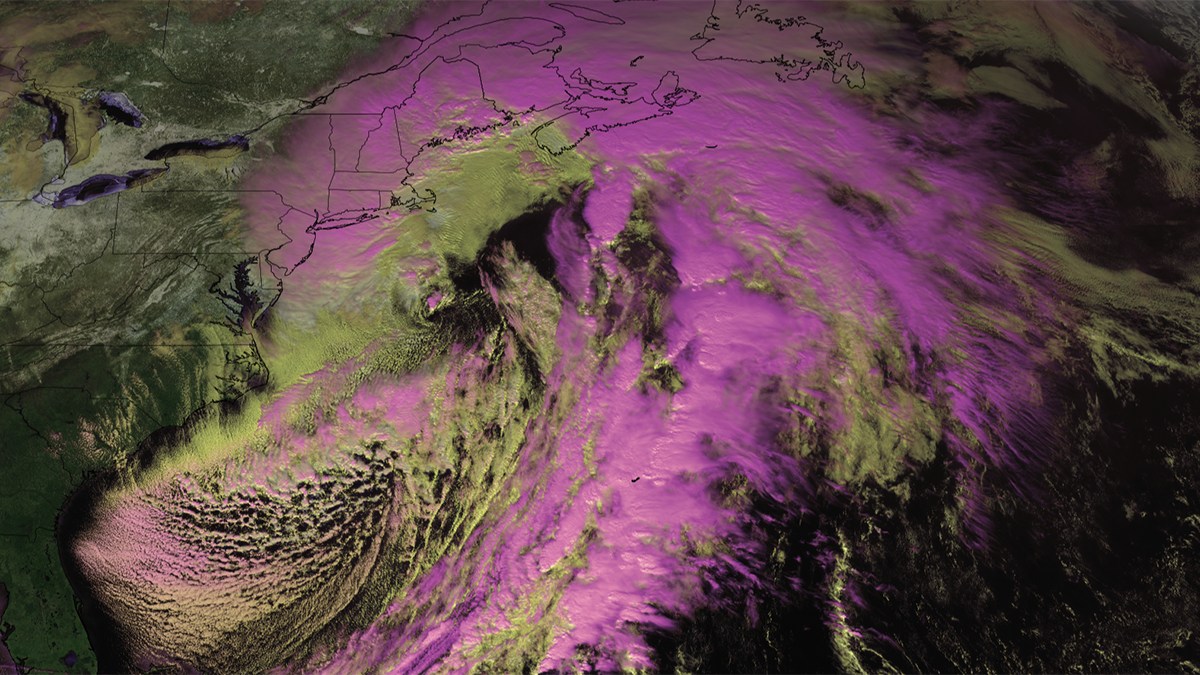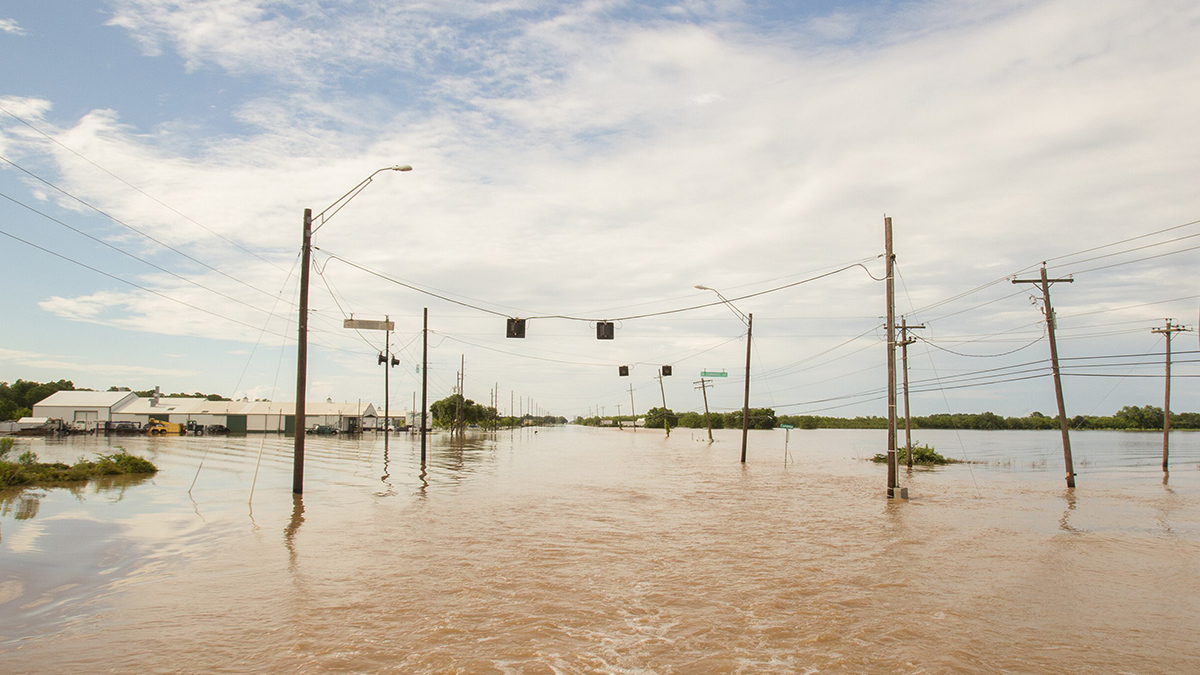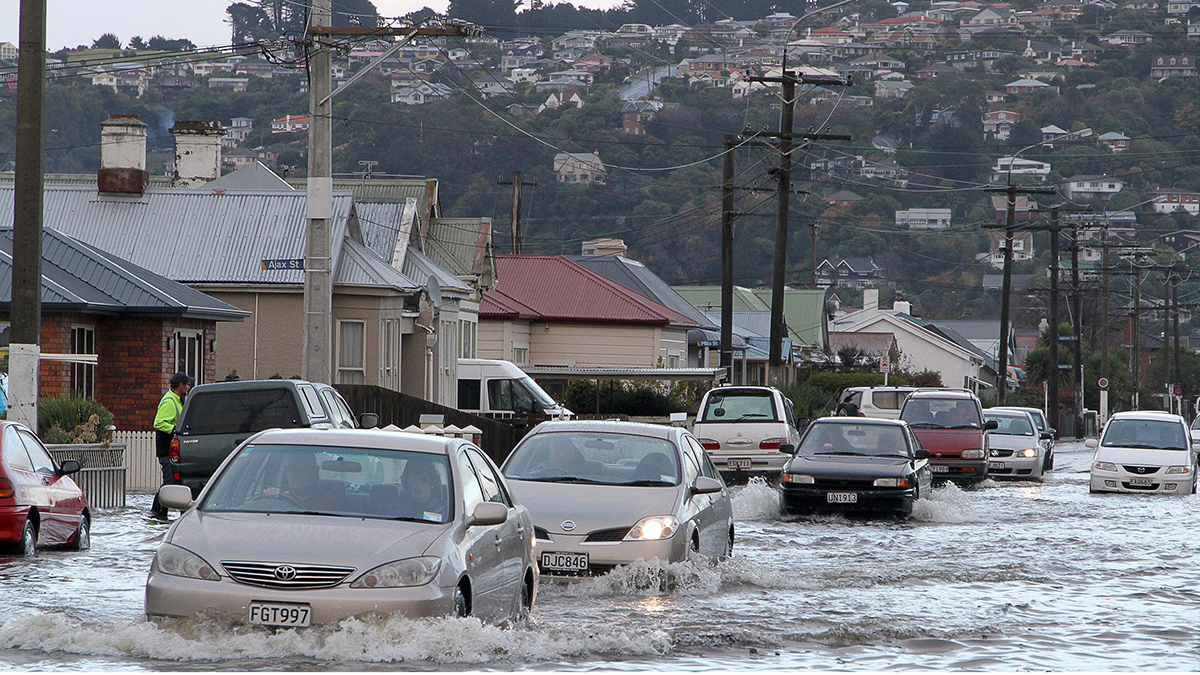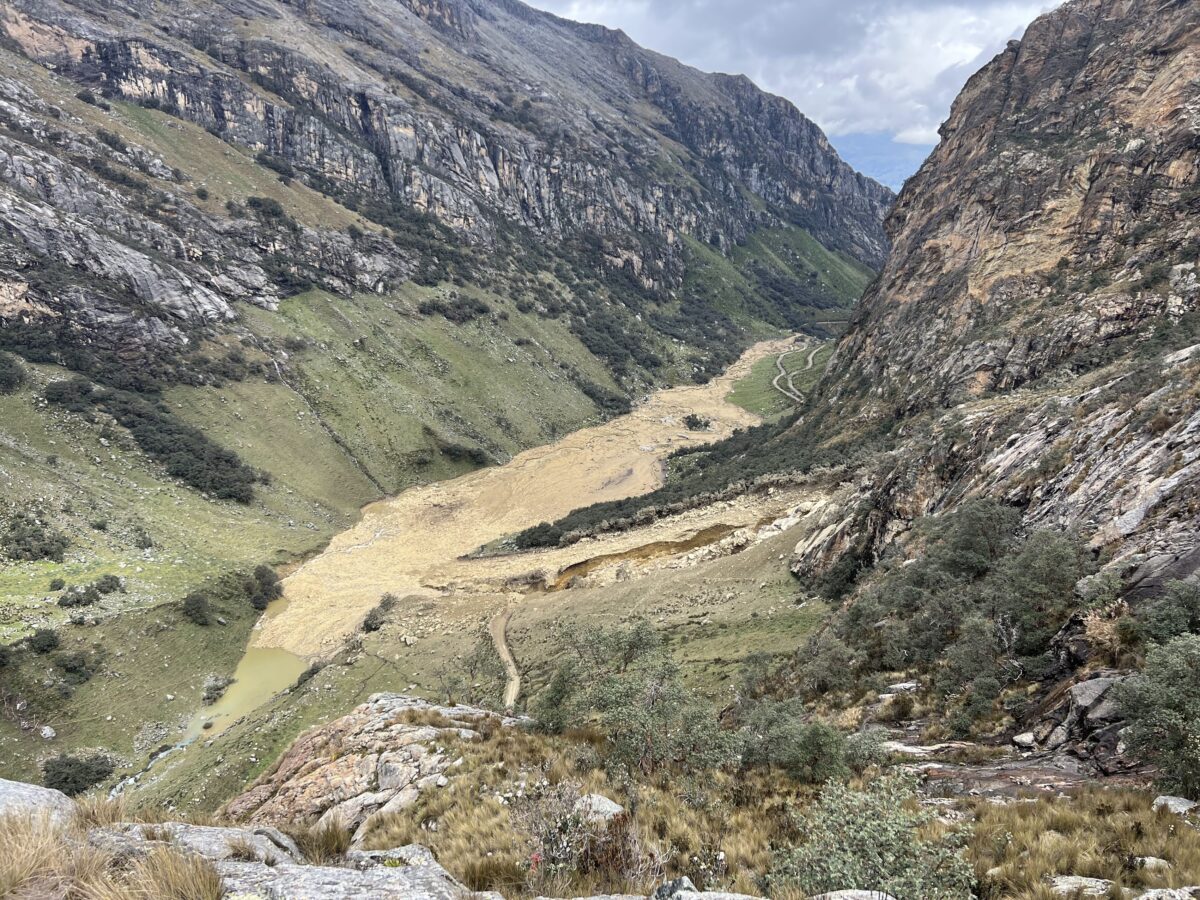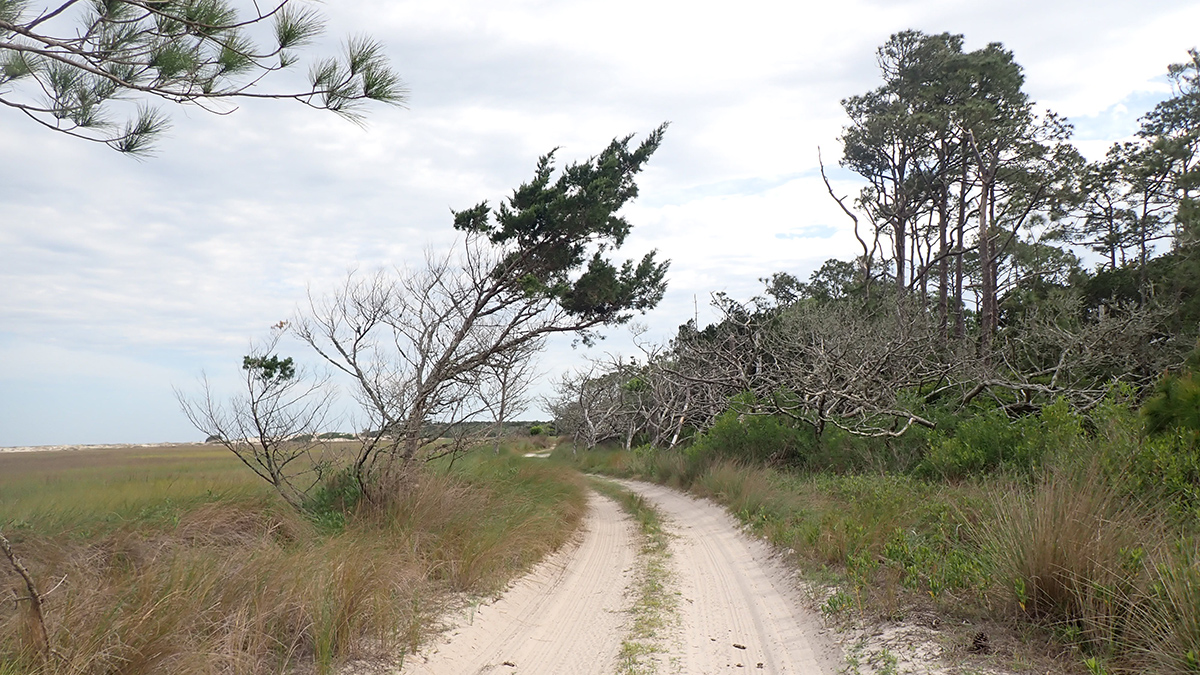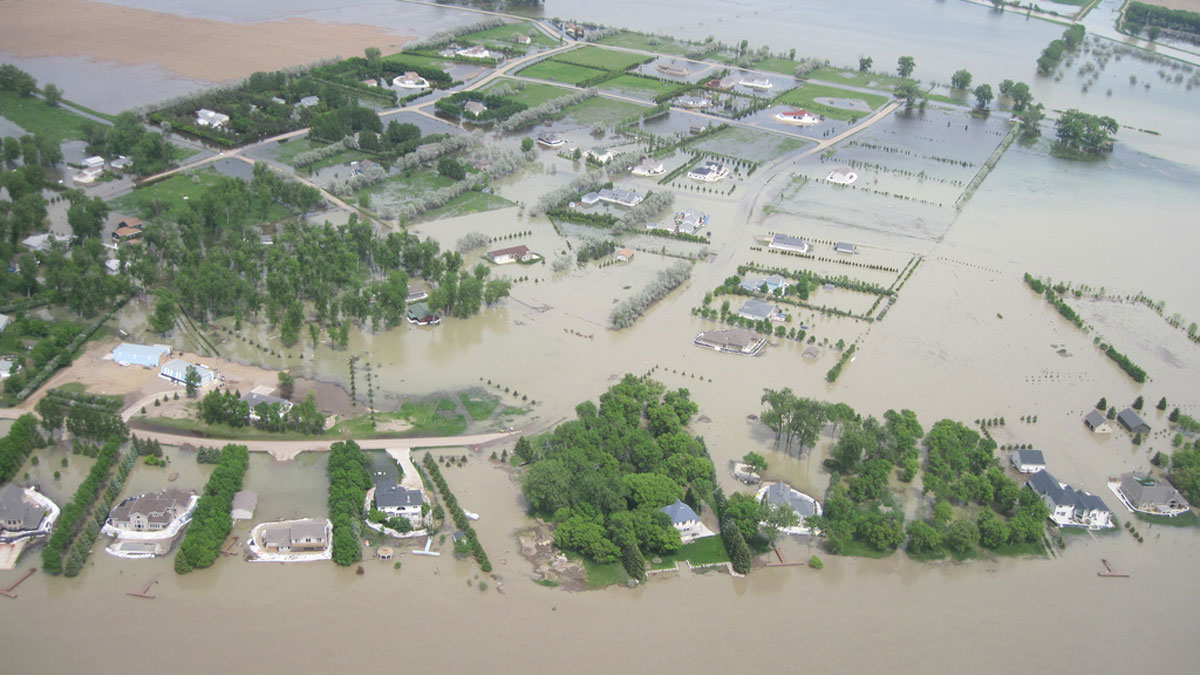Federal flood measurements often don’t match what people see in their communities. Scientists have created a hyperlocal solution.
floods
The challenges of the valley blocking landslide in the Matia’an Valley in Wanrong township, Taiwan
The 21 July 2025 rock avalanche is generating a lake that could have a volume of 86 million cubic metres at the point of overtopping. This poses a threat to at least seven downstream communities in east Taiwan. Yesterday, I posted about the enormous 21 July 2025 rock avalanche in the Matia’an valley, in Wanrong […]
New Research Shows More Extreme Global Warming Impacts Looming for the Northeast
One new study identifies a 17% increase in the destructive potential of the strongest nor’easters, while another bolsters links between Arctic ice melt and dangerous blizzards.
The 8 July 2025 catastrophic flood at Rasuwagadhi in Nepal
Yesterday, catastrophic flood swept down the Bhote Kosi river through Tibet and Nepal. At least 28 people have been killed. There is speculation that this might have been a GLOF. On 8 July 2025, a catastrophic mudslide / flood suddenly struck the Rasuwagadhi border crossing point between Tibet and Nepal, causing extensive damage. The Himalayan […]
Científicos revelan los peligros ocultos del calor y las inundaciones en Texas
Una parte más amplia del “Estado de la Estrella Solitaria” podría verse afectada por más olas de calor e inundaciones de lo que sugieren registros previos.
Scientists Reveal Hidden Heat and Flood Hazards Across Texas
A wider swath of the Lone Star State may be affected by more heat and flood events than previous recordkeeping suggests.
Images of the source of the 28 April 2025 landslide / GLOF at Vallunaraju in Peru
The Landslide Blog is written by Dave Petley, who is widely recognized as a world leader in the study and management of landslides. A few days ago I highlighted the severe landslide and GLOF that occurred on the flanks of Vallunaraju in Peru, on 28 April 2025, which caused substantial damage and at least two […]
Flood Prediction Could Boost Road Resilience off Georgia’s Coast
Researchers and community members worked together to develop recommendations for how Little Cumberland Island can mitigate flooding hazards.
What Is Causing the Missouri River Basin’s Elevated Streamflow?
Regional climate variability plays a big role, but reduced forest cover and a rise in atmospheric carbon dioxide are also factors.

